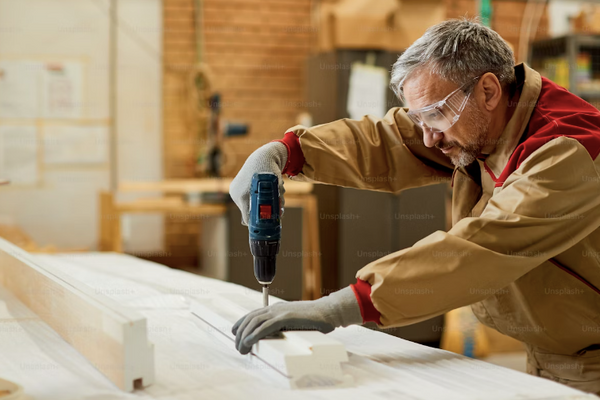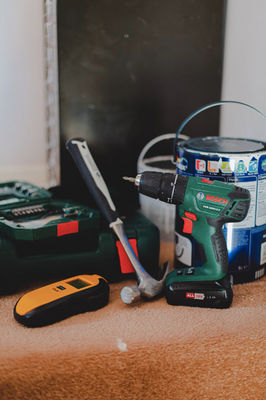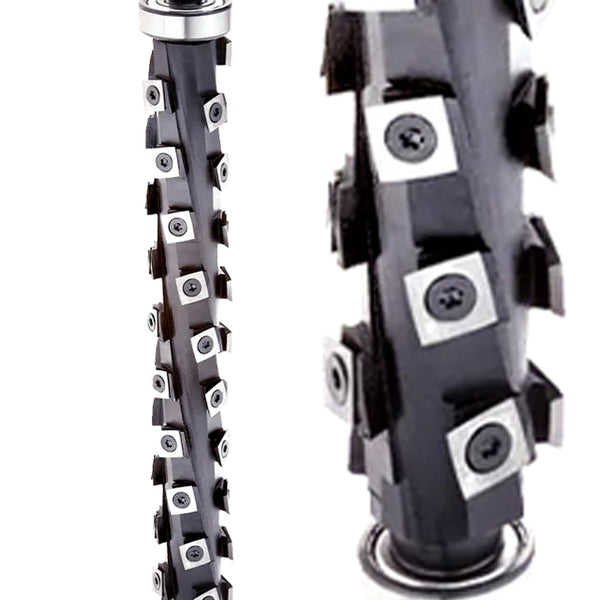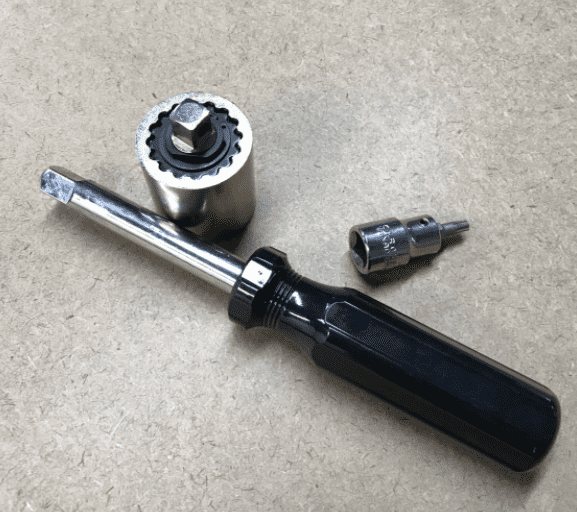The Byrd Tool Shelix Blog
-
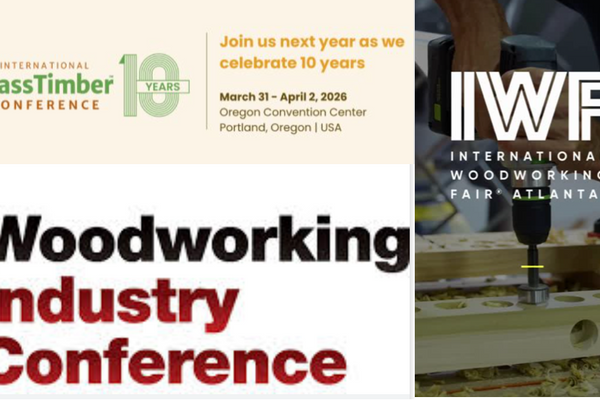
Best Woodworking Conferences and Events You Should Attend in 2025–2026
Explore the top woodworking conferences and expos happening in 2025–2026 to connect with industry leaders, discover new tools, and grow your craft.
-
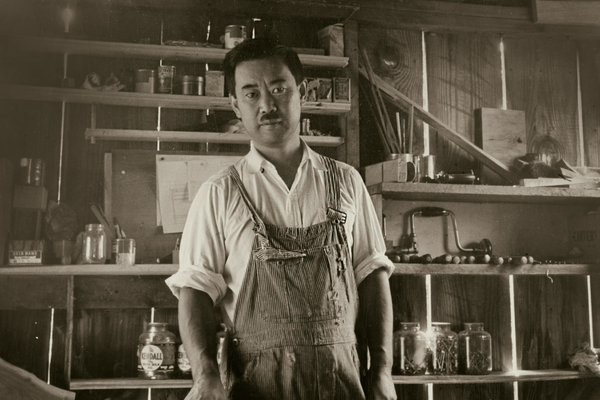
Famous Woodworkers Who Changed the Craft
Discover the stories of legendary woodworkers like George Nakashima and Sam Maloof, whose craftsmanship and creativity forever shaped the world of woodworking.
-
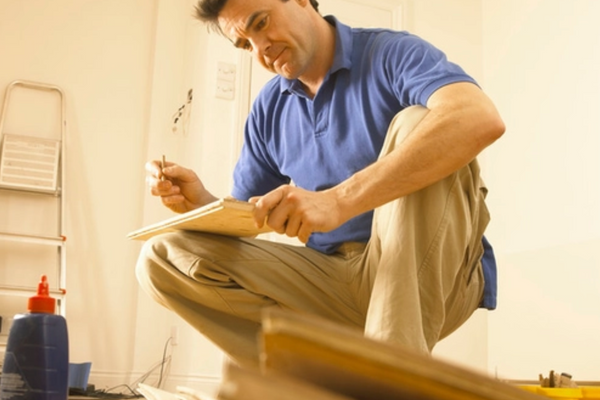
How to Turn Your Woodworking Passion Into a Full-Time Job
Learn how to turn your woodworking passion into a full-time career with practical tips on branding, selling, networking, and growing your business.
-
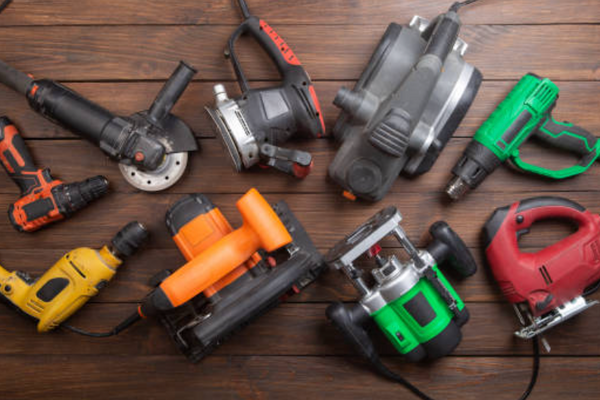
Five Budget-Friendly Power Tools for Beginner Woodworkers
Discover five essential, budget-friendly power tools that are perfect for beginner woodworkers looking to build skills without breaking the bank.
-

How to Install a Shelix in your Dewalt DW735 Planer
Upgrade your DW735 DeWalt Planer with a Byrd Tool Shelix head for a smoother finish, quieter cuts, and longer-lasting performance.
-
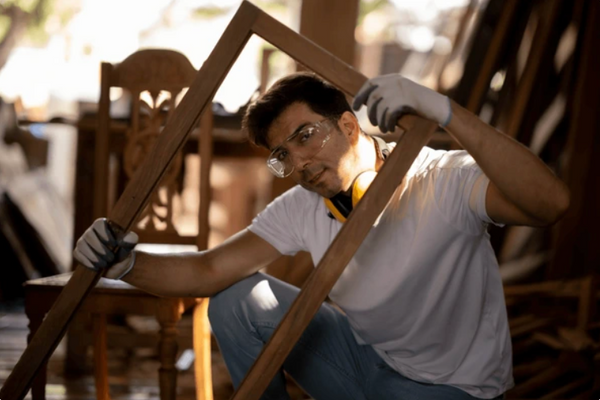
How to Network as a Woodworker: Building Relationships with Others in the Industry
Learn how to network as a woodworker by joining industry groups, attending events, engaging online, collaborating with artisans, and building meaningful relationships to grow your craft and business.
-

How to make your own Picture Frame with Custom Molding
Learn how to craft a custom picture frame in your wood shop by designing and cutting molding, assembling precise miter joints, and applying a professional finish.
-

Beginner Woodworking Projects to Start Today
Start your woodworking journey with these beginner-friendly projects that build confidence, enhance skills, and result in beautiful, functional creations.
-
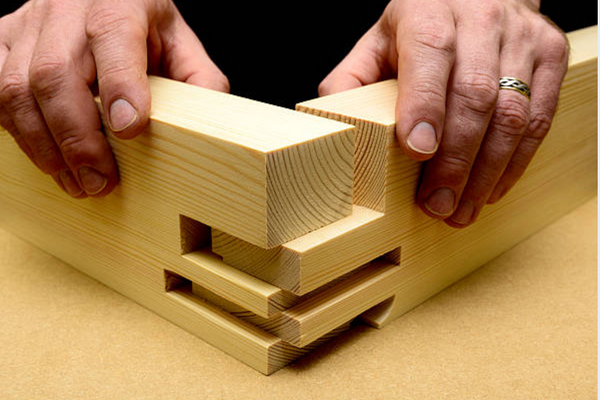
Joinery 101: The Best Methods for Strong, Durable Joints
Mastering joinery techniques like dovetail, mortise and tenon, and pocket hole joints ensures strong, durable woodworking projects built to last.
-
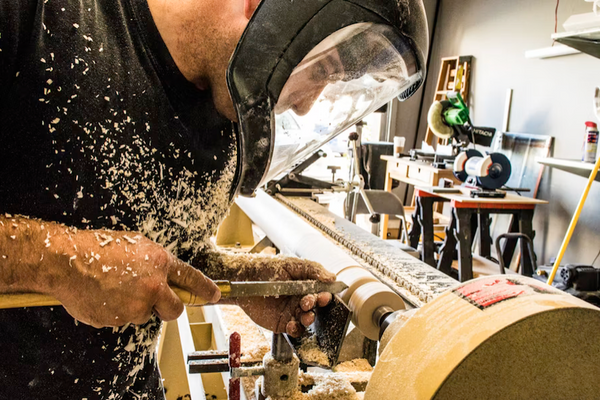
5 Common Woodworking Mistakes and How to Avoid Them
Avoiding common woodworking mistakes like ignoring wood grain direction, using dull tools, and rushing the sanding process can significantly improve the quality of your projects.
-

Sanding 101: Tips and Tricks
Sanding is a crucial step in woodworking that smooths imperfections, prepares surfaces for finishing, and enhances the wood's appearance. By selecting the right sandpaper and using proper techniques, you can achieve a professional, flawless finish on any project.
-

How to Choose the Right Wood for Your Project
Choosing the right wood for your project is crucial to achieving the desired look, durability, and functionality.
-
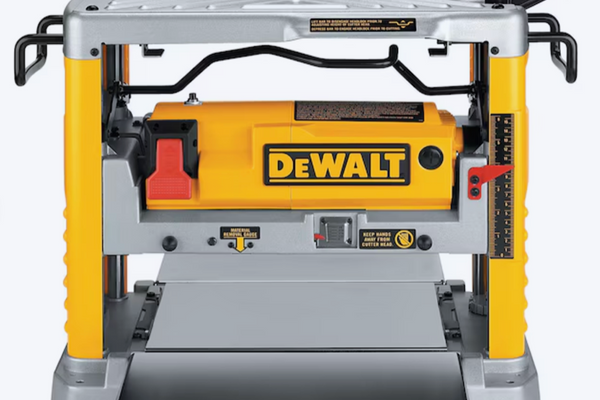
How to Install a SHELIX Cutterhead in a DeWalt 734 Planer
Step-by-step instructions on how to install your SHELIX cutterhead into your Dewalt 734 planer.
-

Byrd Tool SHELIX Cutterhead Information
Our most asked questions get answered and further information concerning Byrd Tool cutterheads.
-
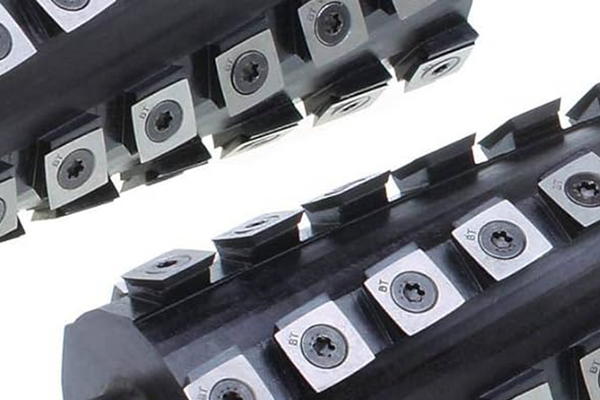
SHELIX Cutterhead Knife Replacement and Maintenance
How to keep your Byrd Tool SHELIX cutterhead performing at 100%- by maintaining and replacing your cutterhead knives.
-
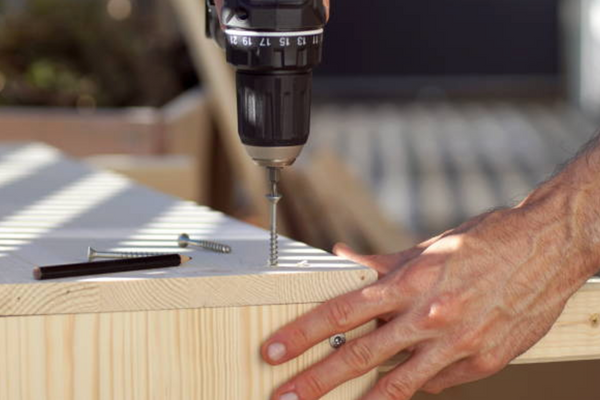
Power Drill vs. Impact Drill: What’s the Difference?
A power drill is a versatile tool primarily used for drilling holes and light screw driving tasks, featuring adjustable speed and a clutch for precision. In contrast, an impact drill delivers higher torque with force, making it ideal for driving long screws and fasteners into tough materials.
-
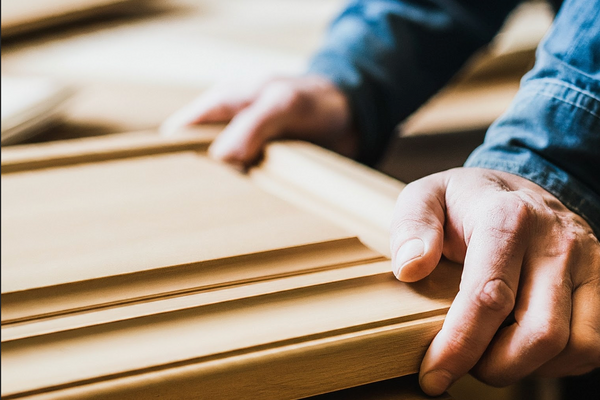
How to Use Molding Knives to Create Moldings and Cabinets
Use custom molding knives to create beautiful cabinets, moldings, and trim.
-
How to Stain Wood Furniture
Staining wood furniture is a transformative process that enhances its natural beauty and durability. This guide walks you through each step, from preparation to finishing touches, ensuring a professional result. Learn how to choose the right stain, prepare the wood surface properly, apply the stain evenly, and protect your masterpiece with a clear finish. Follow these expert tips to achieve a custom look that revitalizes your furniture and adds long-lasting charm to your home. -
A Comprehensive Guide to Plywood Grades
Discover the versatility of plywood grades in woodworking and construction projects with this comprehensive guide. Learn about the characteristics and best uses of plywood grades A to D, including specialty options like marine grade and sanded plywood. Whether you're crafting furniture, building cabinets, or undertaking structural work, understanding plywood grades helps you choose the right type for optimal results. Explore more insights and expert advice on Byrd Tool Expert's Blog for all your woodworking needs. -
Woodturning Basics: Tips for Beginners
Woodturning is a rewarding craft that transforms raw wood into beautiful, functional, and artistic objects. This beginner's guide covers essential tips and techniques for getting started with woodturning. Learn about the importance of choosing the right lathe and turning tools, selecting the best wood for your projects, and mastering basic techniques such as lathe setup, tool handling, and speed control. Additionally, discover common mistakes to avoid and how to achieve a smooth finish on your woodturned pieces. -
Polycrylic vs. Polyurethane: Which Finish is Best for Your Project?
Choosing the right finish for wood surfaces is crucial for protection and aesthetics. Polycrylic and polyurethane are top options, each with unique characteristics and best-use scenarios. Polycrylic is water-based, clear, quick-drying, and ideal for light-colored woods, while polyurethane, available in water-based and oil-based forms, offers superior durability and versatility for heavy-use surfaces. Understanding these differences helps in selecting the best finish for furniture, floors, and decorative items, ensuring a beautiful and lasting result. -
How to Reupholster Furniture: A Step-by-Step Guide
Discover how to breathe new life into your furniture with our comprehensive guide to reupholstering. From selecting the perfect fabric to finishing touches, transform your pieces with ease and precision. Perfect for both beginners and DIY enthusiasts, achieve professional results and customize your home decor effortlessly. -
Mastering the Electric Planer
Master the art of woodworking with an electric planer, a powerful tool that transforms rough wood into smooth surfaces with precision. This guide provides essential steps from setup to finishing touches, ensuring professional results every time. Discover how to adjust depth, handle edges, and avoid common mistakes for flawless finishes, elevating your woodworking projects effortlessly. -
What are the best types of wood for Countertops?
Uncover the versatility of wood countertops with these comprehensive breakdown. From the timeless strength of oak to the rich elegance of walnut and the eco-friendly allure of bamboo, there's a wood species to suit every style and need. Delve into the nuanced qualities of each wood type, from durability and moisture resistance to maintenance tips for long-lasting beauty. Transform your kitchen or bathroom with the inviting warmth and character of wood countertops that stand the test of time. -
How to Fix Warped Wood Countertops
Discover how to restore the beauty of your wood countertops with our comprehensive guide. Learn how to assess and address warping issues, identify the root cause, and apply effective repair techniques. With step-by-step instructions, including flattening, moisture application, heat treatment, and proper sealing, you can bring back the warmth and character of your kitchen or bathroom surfaces. Plus, explore preventative measures to maintain your countertops for years to come. Say goodbye to frustration and hello to lasting beauty! -
What are the Best Woods for Carving?
Wood carving is an ancient art form that demands the right materials for success. Dive into our guide to discover top picks like basswood, butternut, mahogany, cherry, maple, and walnut. Learn about their unique properties and how they influence carving ease, detail, and beauty. -
What are the Best Types of Wood for Firewood?
Selecting the right firewood is crucial for optimal performance and enjoyment of your fires. Explore our guide to discover top choices like oak, maple, hickory, ash, birch, and apple wood. Learn about their burning characteristics, heat output, and suitability for various purposes from heating to cooking. -
Is Acacia Wood good for Countertops?
When it comes to selecting materials for countertops, acacia wood stands out for its natural allure and robustness. Delve into our comprehensive guide to understand why acacia wood is gaining popularity among homeowners. Explore its inherent beauty, durability, and sustainability, and learn how to maintain its charm over time. Discover if acacia wood is the ideal choice for your kitchen or bathroom countertops. -
How to use Shellac
Learn how to use shellac for a stunning, natural wood finish in our latest blog. Discover the benefits of this versatile, easy-to-apply resin, including its fast drying time and ability to enhance wood grain. Follow our step-by-step guide to effectively apply shellac to your woodworking projects.
Continue Shopping
We think you might prefer this products.


















